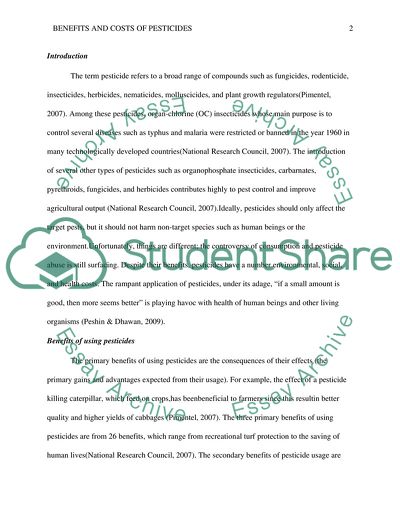Cite this document
(Benefits and Costs of Using Pesticides Term Paper, n.d.)
Benefits and Costs of Using Pesticides Term Paper. https://studentshare.org/environmental-studies/1812169-pesticide
Benefits and Costs of Using Pesticides Term Paper. https://studentshare.org/environmental-studies/1812169-pesticide
(Benefits and Costs of Using Pesticides Term Paper)
Benefits and Costs of Using Pesticides Term Paper. https://studentshare.org/environmental-studies/1812169-pesticide.
Benefits and Costs of Using Pesticides Term Paper. https://studentshare.org/environmental-studies/1812169-pesticide.
“Benefits and Costs of Using Pesticides Term Paper”. https://studentshare.org/environmental-studies/1812169-pesticide.


